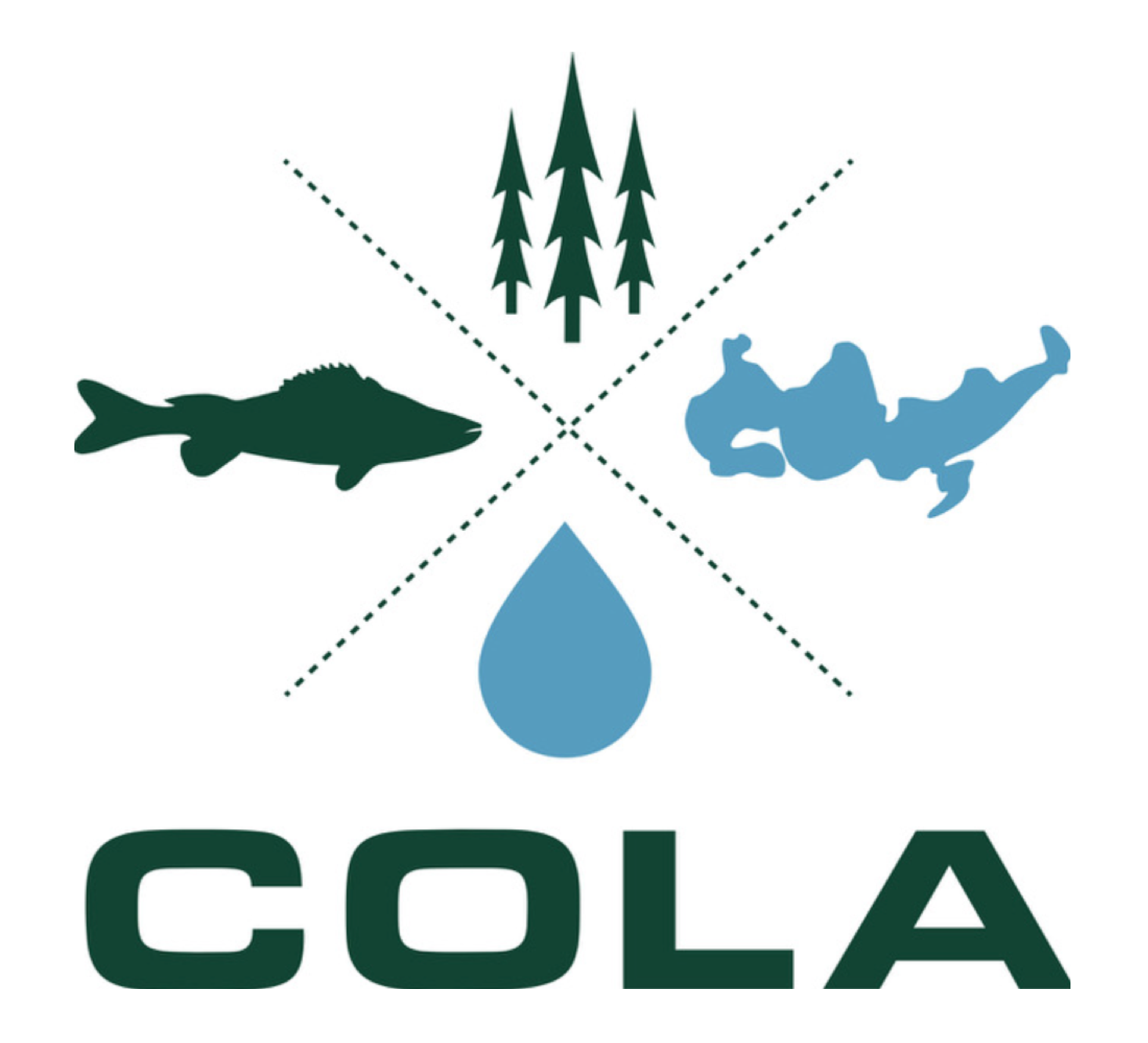LCO Creel Survey Report 2016-2017
Lac Courte Oreilles Creel Survey in 2016-2017
Explanation and Conclusions
By Max Wolter
Fisheries Biologist, Wisconsin DNR:
The Wisconsin Department of Natural Resources regularly conducts fishery surveys of area lakes and reservoirs to gather information on species composition, population size, reproductive success, size/age distribution, and growth rates. The information from the netting and electrofishing surveys helps the WDNR determine the best management practices for that body of water. Another important aspect of a fishery is the amount of harvest that is occurring on the lake. This information is collected by creel census or creel survey.
A basic explanation of creel survey techniques and reporting can be found on page in the page 2 of the Grindstone Lake Survey Report because the same survey techniques were used to carry out the Lac Courte Oreilles Creel Survey in 2016-2017.
These are all estimates, that’s important to note. And it is easier to estimate catch/harvest for some species than for others. Musky, for example, are notoriously hard to get estimates on because they are caught so rarely and almost all are released. That leads to high statistical error rates and it also means we have to take people at their word that they actually caught a musky (as we know some people misidentify fish). So take all of the information in this report with a grain of salt, we do! Any fish that are caught more frequently (panfish, bass, walleye) will have more reliable estimates for catch and harvest.
There were 1,346 pike harvested last year. But over 12,000 were caught! Now, some of these are very likely the same fish being caught several times within a season. But the fact remains that there are big gains to be made in controlling pike abundance by getting people to harvest more of the pike they are already catching! Only about 10% of all pike getting caught are harvested. That’s actually lower than previous creel surveys which found about 15% were being harvested.
A few items to note:
- July is the month with the most fishing pressure.
- There is about 4x as much open water fishing pressure compared to ice fishing pressure.
- The estimates number of hours fishing/acre for the year is actually fairly low compared to other lakes in the area. That means there is room for improvement in the LCO fishery.

